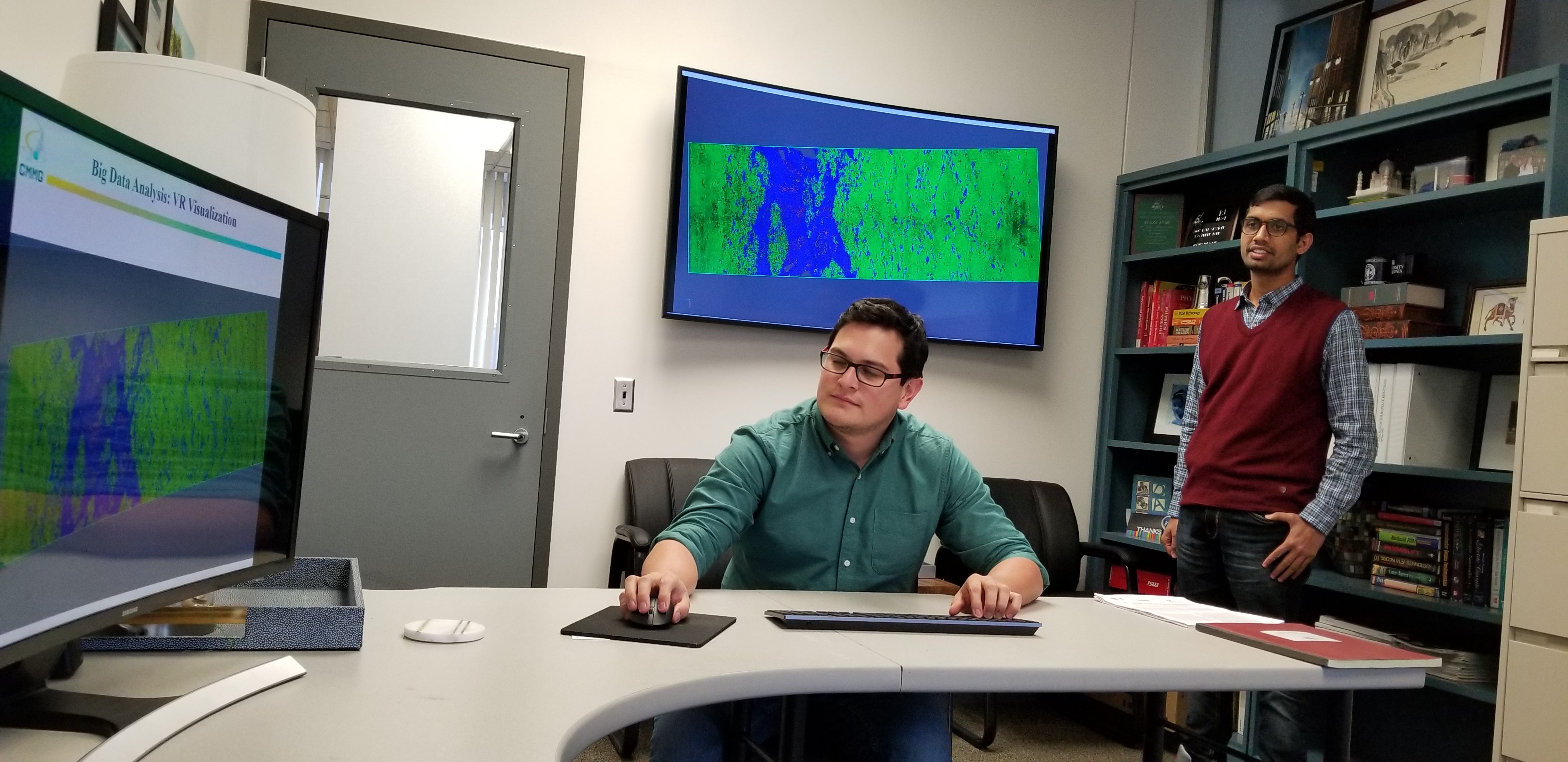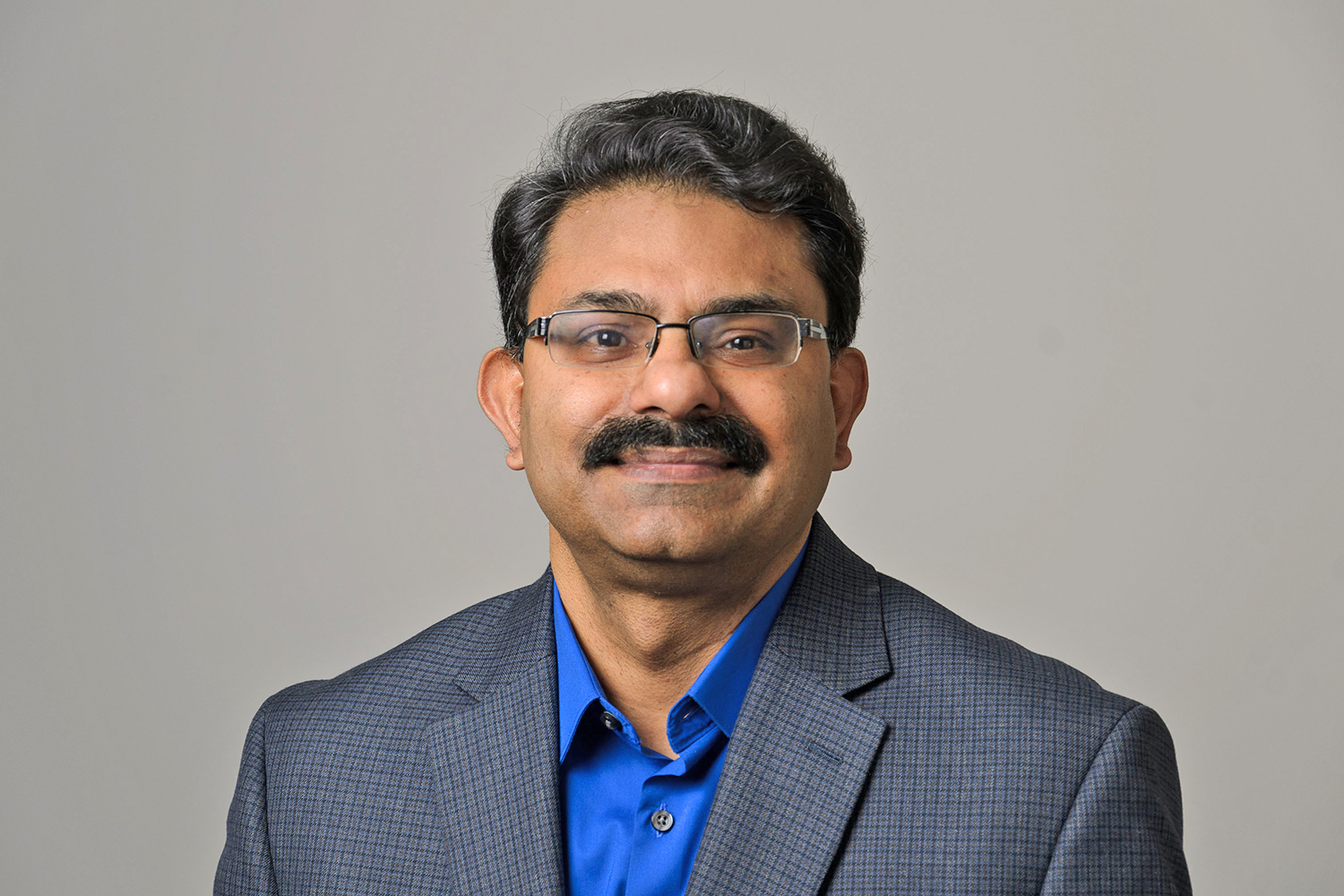The U.S. Department of Energy’s National Nuclear Security Administration (DOE/NNSA) has designated four new Centers of Excellence at universities across the nation. The NNSA is the agency behind the Nation’s Stockpile Stewardship Mission (SSM), which works to strengthen the US nuclear security enterprise by advancing relevant areas of science and ensuring a robust pipeline of future nuclear scientists.
Avinash Dongare, associate professor from UConn’s Department of Materials Science and Engineering and the Institute of Materials Science, will serve as one of the principal investigators for one of these new centers, the Center for Research Excellence on Dynamically Deformed Solids (CREDDS), which has received $12.5 million over five years. The CREDDS center is led by Michael Demkowicz of Texas A&M University and also includes the University of Michigan and the University of California Santa Barbara with Amit Misra, chair of materials science and engineering, and Irene Beyerlein serving as the other principal investigators.
CREDDS focuses on the science of the metallic materials behind the nation’s nuclear weapons and will explore new materials produced by advanced manufacturing processes. These materials, which can have properties superior to their predecessors, have complex multiphase microstructures that challenge conventional knowledge of how materials change under the conditions associated with nuclear reactions. Of special interest to CREDDS researchers is how the materials deform under very high strain rates, or how quickly the shape of a material changes under extreme conditions.
Among other challenges, CREDDS researchers aim to observe what happens on the level of individual imperfections in a metal when it is exposed to high strain rates. They will not only examine the material afterwards, but also see what’s happening as the material undergoes stress and deforms.
UConn’s role in CREDDS focuses on the understanding of individual mechanisms that determine materials behavior in these extreme environments at the scale of individual atoms. Dongare’s Computational Materials and Mechanics Group (CMMG) develops and employs state-of-the-art computational methods that will allow the center to investigate the role of microstructure, chemistry, and loading environments on materials performance in extreme environments.
“We are very happy to be a part of this exciting project, and to contribute to an issue of such great importance to the nation,” says Dongare. “A challenge with the use of advanced materials manufacturing methods is the ability to test for expected performance, and more importantly, identify how they might fail under extreme conditions so we can work to prevent those failures before they happen. Our specialized computational methods now equip us with the unique capability to model the behavior of materials in virtual environments as well as visualize the complex mechanisms of deformation and failure at the atomic scales. Such specialized computational methods can expedite the testing and performance by complementing experimental approaches.”
While the scientific research is a critical part of the NNSA awards, training future scientists to support such specialized needs is also a top priority.
“This is about educating the next generation of scientists and engineers to support stockpile stewardship,” says Andrew L. Ross, the Brent Scowcroft Chair of International Policy Studies in the Department of International Affairs at The Bush School of Government & Public Service at Texas A&M and director of the National Security Affairs Program. “We need to have people who can do this, not just now, but 10, 20 years down the road.”
As a result, the UConn team comprises both undergraduate and graduate students, as well as a postdoctoral researcher who will be working alongside Dongare and also visiting the national laboratories involved in the stockpile stewardship program.



